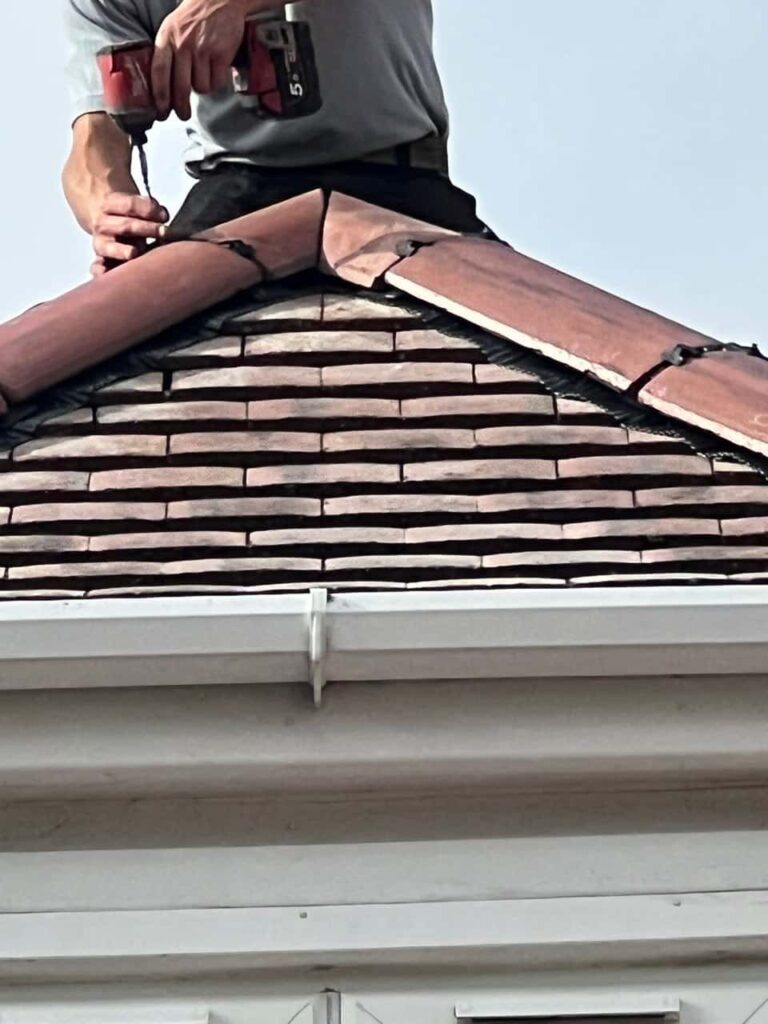Introduction: Ponding water on flat roofs is a common issue that can lead to many problems, including leaks, structural damage, and premature roof deterioration. Addressing this issue promptly is essential to ensure the longevity and performance of your flat roof. In this blog post, we’ll explore the causes of ponding water on flat roofs and provide practical tips for preventing and mitigating this problem.
Understanding Ponding Water:
Ponding water occurs when water collects and remains stagnant on a flat roof for an extended period, typically 48 hours or more after rainfall. Several factors can contribute to ponding water, including inadequate drainage, improper roof slope, structural settling, and debris buildup.
Causes of Ponding Water:
- Inadequate Drainage: Flat roofs rely on drainage systems, including gutters, downspouts, scuppers, and interior drains, to channel water away from the roof surface. If these drainage systems become clogged, damaged, or insufficiently designed, water can accumulate on the roof, leading to ponding.
- Improper Roof Slope: Flat roofs should have a slight slope or pitch to facilitate water runoff towards drainage points. If the roof slope is insufficient or uneven, water may pool in low-lying areas, resulting in ponding.
- Structural Settling: Over time, structural settling or subsidence can occur, causing the roof surface to become uneven and prone to ponding water in depressions or low spots.
- Debris Buildup: Leaves, twigs, dirt, and other debris can accumulate on the roof surface and obstruct drainage pathways, preventing water from flowing freely off the roof.
Prevention and Solutions:
- Proper Roof Design: Ensure your flat roof has adequate slope or pitch to promote proper water drainage. Work with experienced roofing professionals like Ripley Roofing Repairs to assess your roof’s slope and make necessary adjustments to improve drainage.
- Clear Debris Regularly: Schedule routine maintenance to remove debris from the roof surface, gutters, and drainage systems. Use a broom, leaf blower, or pressure washer to clear away leaves, twigs, dirt, and other debris obstructing drainage pathways.
- Maintain Drainage Systems: Inspect and clean gutters, downspouts, scuppers, and interior drains regularly to ensure they are free-flowing and functioning correctly. Repair or replace damaged or clogged drainage components to prevent water buildup.
- Install Roof Drains: Consider installing additional roof drains or scuppers in low-lying areas prone to ponding water to improve drainage and prevent water accumulation.
- Enhance Roof Insulation: Proper roof insulation can help prevent thermal bridging and reduce the risk of ice dams, contributing to ponding water during winter. Ensure your flat roof is adequately insulated to maintain consistent temperature and minimise snow melt.
Conclusion: Preventing ponding water on flat roofs is essential to maintain the integrity and longevity of the roofing system. By understanding the causes of ponding water and implementing proactive measures such as proper roof design, regular debris removal, maintenance of drainage systems, and installation of roof drains, you can effectively mitigate this issue and protect your flat roof from potential damage.
Call us on: 01773 300 896
Click here to find out more about Ripley Roofing Repairs
Click here to complete our contact form and see how we can help with your roofing needs.

